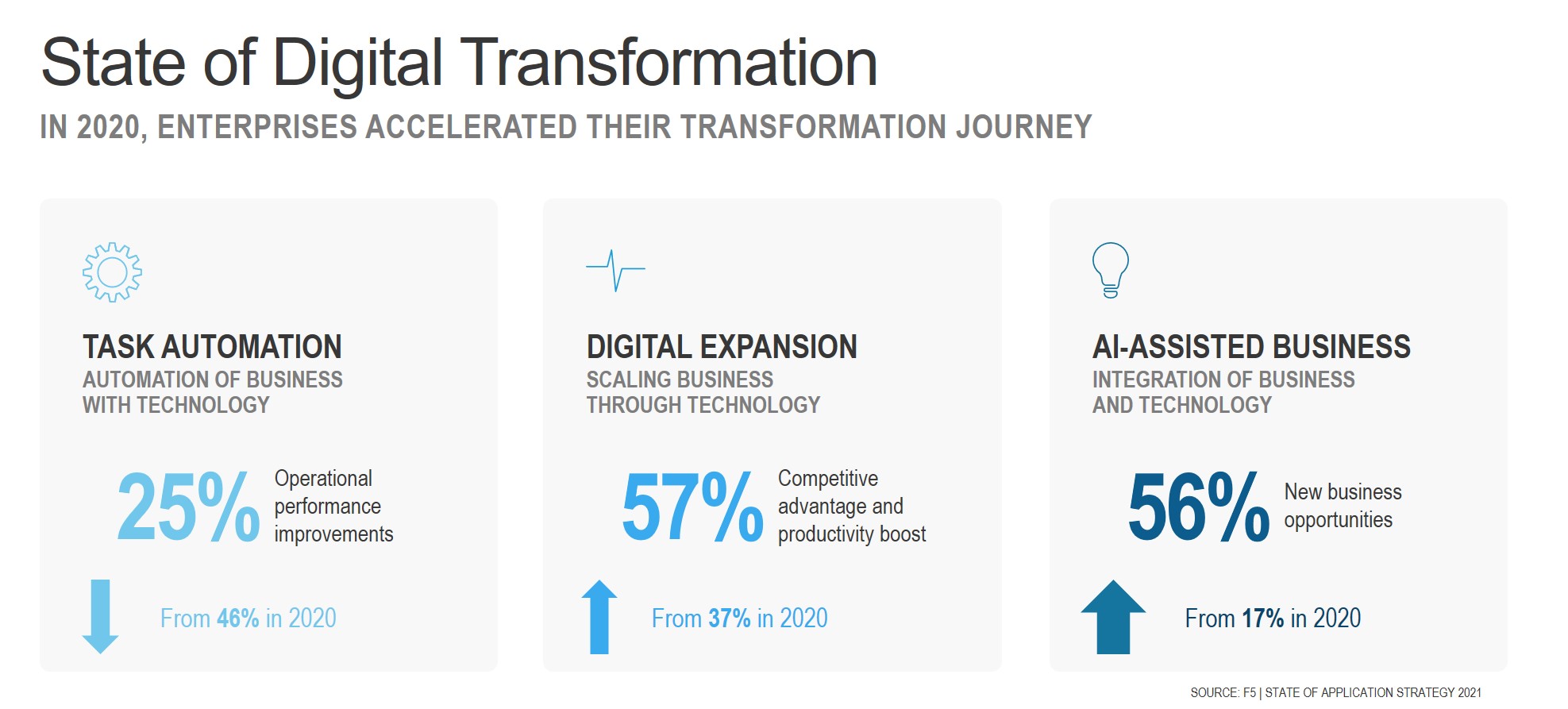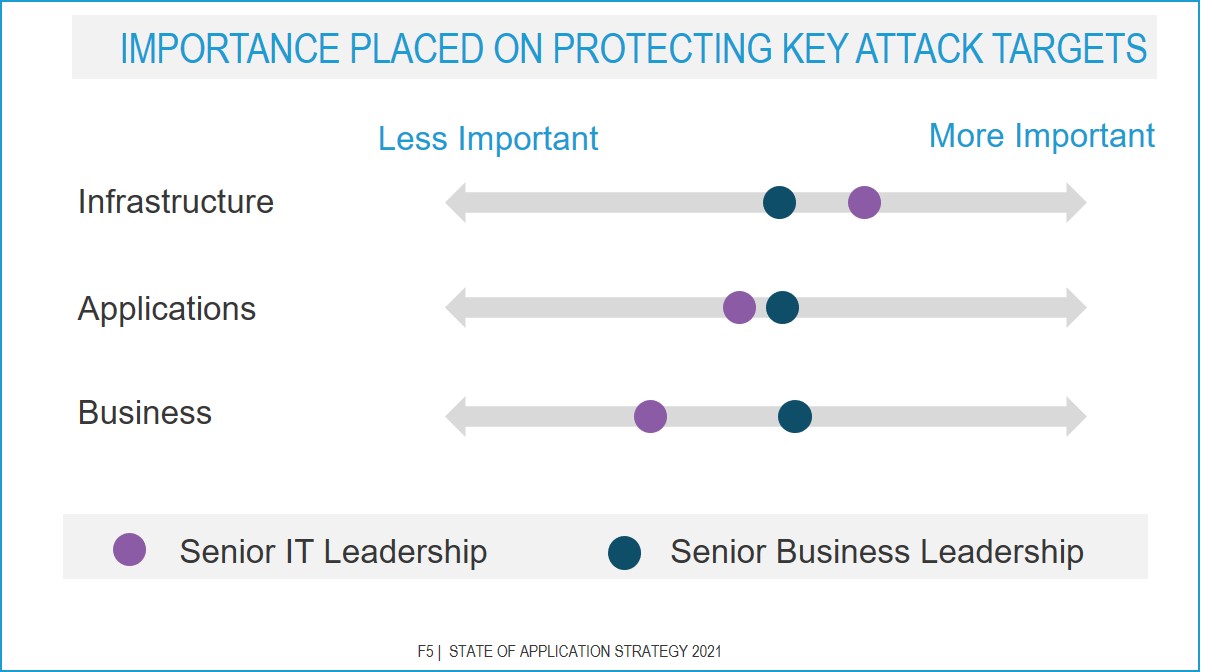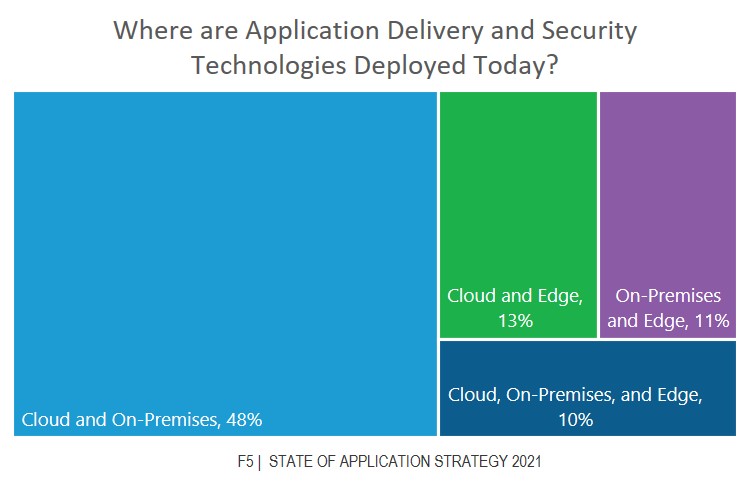La estrategia sobre el estado de las aplicación en 2021: La necesidad es la madre de la motivación.
Como ocurre con muchos proverbios, el origen de «la necesidad es la madre de la invención» es confuso. A menudo atribuido a Platón, también se atribuye a una variedad de otros escritores conocidos. Sin embargo, la falta de una fuente fiable no hace que el proverbio sea menos cierto.
El año 2020 será recordado por muchas razones. En la historia de la tecnología, estará indeleblemente asociada a la transformación digital acelerada y al nuevo proverbio que acabo de inventar: la necesidad es la madre de la motivación.
Millones de consumidores se vieron motivados por la necesidad de utilizar el negocio digital por primera vez. Las empresas se sintieron motivadas a acelerar su transformación en respuesta, impulsadas por esa misma necesidad. Lo que de otro modo habría llevado años, según nuestra investigación anual, tomó sólo meses. Esta conclusión ha sido compartida por la industria y una gran cantidad de investigaciones independientes.
Pero hoy hemos anunciado los resultados de nuestra investigación anual. Llevamos siete años realizando esta encuesta y cada año aprendemos algo nuevo. Al explorar la investigación de este año, nos sorprendió la rapidez con la que las organizaciones han adoptado los métodos, la tecnología y las arquitecturas de aplicación necesarias para avanzar en su viaje de transformación digital .

Las organizaciones no caminaron, corrieron, con prisa, desde las primeras etapas de reemplazo de tareas manuales con aplicaciones (automatización de tareas) a fases más maduras que expanden la digitalización a los flujos de trabajo (expansión digital) y comienzan a aprovechar los datos y el análisis para impulsar decisiones comerciales y operativas más inteligentes (negocios asistidos por IA).
Sin importar el ritmo, el viaje del papel al mundo digital no se puede emprender sin tecnología. Desde las aplicaciones hasta el análisis, desde la automatización hasta la entrega y seguridad de las aplicación , la transformación de los negocios depende de la tecnología. Cada una de estas categorías mostró cambios significativos respecto a los resultados de 2019.
Nuestra investigación también ha cambiado. Todavía estamos centrados en comprender el impacto de las tendencias y las tecnologías en la distribución y seguridad de las aplicación (la tecnología anteriormente conocida como "servicios de aplicación "), pero también estamos mirando hacia el futuro, hacia dónde se dirigen las empresas. Sabemos que el destino de la transformación digital son los negocios asistidos por IA, pero a menudo no está tan claro cómo las tecnologías y herramientas existentes y emergentes encajarán en ese futuro.
Bueno, estaba menos claro hasta que analizamos los resultados de la encuesta de este año.
El futuro está impulsado por los datos
La investigación de este año ofrece una mirada fascinante a cómo las empresas perciben la seguridad de las aplicación y la tecnología de entrega y su papel en un futuro impulsado por los datos. No se puede exagerar la importancia de las capacidades funcionales de las tecnologías que entregan y protegen las aplicaciones , así como de la telemetría que generan. Más de tres cuartas partes de los encuestados (todos ellos tomadores de decisiones en sus respectivas organizaciones) consideran que la distribución de aplicación y la tecnología de seguridad son importantes para cumplir los SLA (80 %) y mejorar la experiencia del cliente (79 %).
La creciente importancia que se da a los datos se observó en toda la encuesta: el 52 % de los encuestados etiquetó a AIOps como una tecnología que tendrá un impacto estratégico en los próximos dos a cinco años. La relación entre la IA y los datos no debería sorprendernos. Sin datos para analizar y, en última instancia, actuar en consecuencia, AIOps se reduce a una práctica táctica que mejora la productividad en lugar del impulsor comercial estratégico que puede (y debe) ser.
Empresas firmemente arraigadas en la expansión digital
Pero aún no hemos llegado allí. A medida que avanza la transformación digital , vemos que la TI evoluciona desde un partidario hasta un facilitador y un socio del negocio. Hoy en día, todavía vemos a las TI como un elemento facilitador. Un ejemplo es la falta de alineación en aspectos clave de la protección de un negocio digital.

Elegimos estos tres aspectos muy deliberadamente. La infraestructura, ya sea en la nube, en las instalaciones o en el borde, sigue siendo un componente crítico y un vector de ataque. Como interfaz digital principal con los consumidores, las aplicaciones están constantemente bajo ataques. Las empresas son cada vez más blanco de ataques a medida que los atacantes comienzan a descubrir cómo abusar del negocio digital de nuevas formas. Los tres aspectos deben protegerse, ya que cualquiera de ellos podría ser un punto de entrada para atacar al otro.
Que tanto los líderes de TI como los de negocios estén de acuerdo en que es importante proteger las aplicaciones es una buena señal. Sin embargo, el valor tibio asignado a la protección de las aplicaciones indica que, a pesar de que ya operan en la fase de negocios asistidos por IA, la mayoría de las organizaciones están firmemente enfocadas en la expansión digital y aún no han adoptado la noción de que TI es igual al negocio.
Lo que refuerza el enfoque actual en la expansión digital es el aumento significativo en el número de encuestados que nos dijeron que están modernizando aplicaciones debido a la transformación digital. En 2020, solo el 37% se vio impulsado a modernizar aplicaciones. Este año, esa proporción aumentó a más de la mitad de todos los encuestados (56%). La modernización es un medio natural para expandir las capacidades digitales al ampliar la capacidad de las aplicaciones para llegar a nuevos consumidores, socios y ecosistemas.
Si esto suena despectivo, no debería serlo. El progreso de las organizaciones en su viaje transformación digital en tan solo un año es nada menos que asombroso. El paso de una fase a otra normalmente llevaría años. Las empresas aceleraron ese progreso y lo lograron en solo unos meses.
Medios digitales distribuidos
No se deben ignorar las ramificaciones sobre la tecnología a medida que las empresas aceleran la transformación digital . La tecnología está dando un paso significativo a medida que el centro de datos redistribuye las cargas de trabajo para abordar una fuerza laboral remota y una economía digital. Con millones de nuevos consumidores digitales y la inminente perspectiva de una fuerza de trabajo distribuida y remota como algo común, las organizaciones están buscando cómo mantener el acceso a los recursos corporativos sin comprometer la seguridad y llegar a los confines de Internet sin tener problemas de rendimiento.
Esta realidad ha hecho que la expansión hasta los límites sea el nuevo imperativo. Un poco más de tres cuartas partes (76%) tienen o planean implementar aplicaciones en el borde. Al mismo tiempo, las implementaciones de aplicación en la nube (tanto IaaS como SaaS) se están expandiendo mientras que las del centro de datos desaceleran o se mantienen estancadas.

Cuando preguntamos específicamente dónde se implementaban hoy las tecnologías de seguridad y entrega de aplicación , nos sorprendió un poco ver que el edge ocupaba un lugar tan destacado en la mezcla. No nos sorprendió descubrir que la mayoría de las organizaciones operan estas tecnologías en más de un entorno. Menos de la mitad (41%) se queda con uno solo, y es principalmente local. Sin embargo, para la mayoría, una combinación de nube, instalaciones locales y perímetro es claramente la norma.
Esto tendrá un impacto en las tecnologías, herramientas y métodos utilizados para operar un conjunto de cargas de trabajo cada vez más distribuidas y diversas. Los desafíos con la automatización y la orquestación continúan afectando a los profesionales, y los conjuntos de herramientas, tanto abiertos como cerrados, son una fuente principal de frustración. Los lenguajes de conjuntos de herramientas y las API de proveedores de la nube también ocupan un lugar destacado en la lista de cosas que frustran y desafían a quienes tienen la tarea de operar en un mundo de múltiples nubes. La capacidad de implementar y operar sin problemas aplicaciones y las tecnologías que las entregan y protegen se está convirtiendo rápidamente en una necesidad a medida que las organizaciones se enfrentan a ineficiencias operativas causadas por tratar de combinar demasiadas herramientas diferentes para mantener el negocio en funcionamiento.
La definición de "multinube" está a punto de expandirse junto con la disponibilidad del borde como ubicación de implementación viable para las aplicaciones y la tecnología que las protege y optimiza.
Pero espera, ¡hay más!
Hay mucho, mucho más que cubrir este año. Tanto es así que te recomiendo empezar por el informe oficial y estar atento a los próximos blogs en los que profundizarás en la modernización, el análisis, la automatización y, por supuesto, las tecnologías de seguridad y entrega de aplicación .
